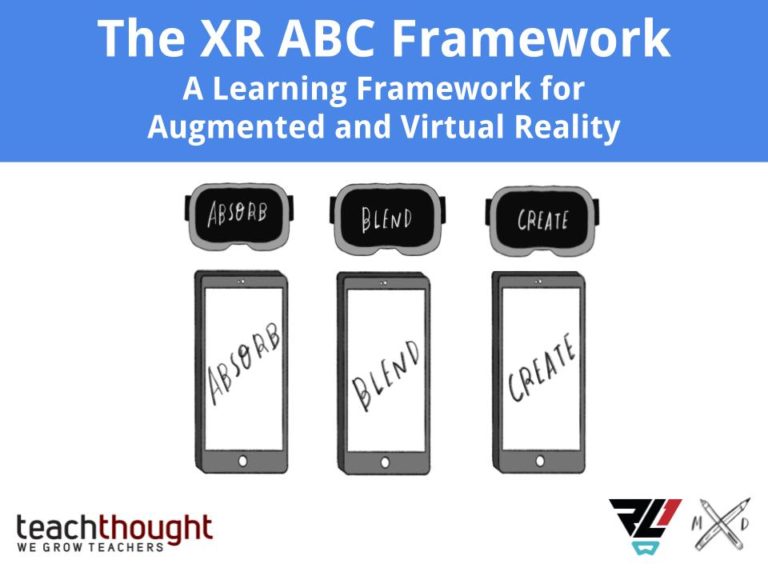updated as of 9/21/20
When thinking about the learning culture in this technology forward world, you need to consider what tools are available to you. The typical classroom environment of lectures, textbooks, slides, handouts and short instructional videos – on their own – are no longer acceptable as a mechanism to deliver new information.
Virtual Reality (VR) and Augmented Reality (AR) technology are tools that you can bring into your L&D and turn the environment into a supercharged classroom that not only benefit the employee, but can save money for the organization, increase productivity, and create a more efficient workflow.
Data shows that employees who have used VR/AR as part of the L&D not only retained more information in a shorter period of time, but that they also excelled on their learning evaluation exams versus employees who didn’t use a VR/AR infused L&D. It also showed that employees had a 30% increase in training satisfaction when they trained through VR/AR technology.
VR/AR can transport employees into a fully immersive digital environment that can evoke empathy, allows the employee to experience dangerous or threatening situations without real-world consequences, provide them with physical and emotional feedback, as well as give them the ability to explore multiple options in a personalized learning environment.
Through this type of training, employees are able to escape the traditional classroom where learners are sitting at a desk for hours, and instead find themselves participating in the L&D in ways they could never have imagined.
Learners are able to interact with the virtual environment, pick up objects, actually develop muscle memory by physically going through the motions of the training. VR/AR training delivers an incredibly robust environment where the employees get the most out of the L&D, and are able to do things that they couldn’t do in the real world.
There are many things to consider before turning your L&D into a supercharged VR/AR learning environment. How will it blend in with your current L&D model? Will your employees struggle with the technology? What would the cost of a large-scale VR/AR learning environment roll out look like? You may get pushback to use VR/AR from your compliance officer.
Many things to consider, but it’s all worth it.
With the proper team of experts who have extensive knowledge of VR/AR tech; such as the types of hardware available, the different immersive experiences used to deliver new knowledge, the various delivery methods, strategies of infusing VR/AR into the L&D – the rewards of an AR/VR learning environment can be incredibly fruitful with positive results.
However, you need to be cautious in your approach with the tech. Have a plan when bringing immersive technology into your L&D. Think about the employees who have limited experience or have never tried immersive technology, and build your strategy around that. Going all-in right out of the gate could alienate employees from the L&D. Take small steps and get employees comfortable with the technology. From there, once employees are familiarized with the tech, you can then dedicate more and more VR/AR into the learning environment.
If you are an organization that is not considering VR/AR as part of your L&D, you should pay close attention to what is happening in K12 and Higher Ed. These students are seeing more and more VR/AR in their classrooms. Devices such as the HTC Vive, Oculus Go (Discontinued), Oculus Quest (Discontinued) and Oculus Quest 2, Merge Cubes, Mobile AR are all becoming part of the norm in their learning environment with almost 30% of the curriculum being delivered through VR or AR technology.
As students move through their H.S. education and beyond, VR and AR become as important as textbooks and lectures, and these students – who will be in the workforce in the not so distant future – will see VR/AR as a normal part of learning experience and will expect this type of training when they enter the workforce.
You may even lose a talented employee if he or she doesn’t see VR or AR as part of their workforce training.
The benefits of an L&D that leverages VR/AR are unlimited, and as technology evolves and becomes more affordable, the idea of VR/AR won’t feel so “futuristic”. Instead, it will be the present, and it will become the norm in both our personal and professional lives.
You don’t want to be a company that is playing catch up when VR/AR goes more mainstream. It is already part of our social media, it’s being used in shopping apps, part of our pop culture, and already part of multiple learning environments today.
Organizations such as BMW, jetBlue, Walmart, PNC, Fidelity, the NFL to name a few, have all turned to a form of VR/AR as part of their training environment with case study after case study showing real data of how successful VR/AR is as a training tool, and how they are reaping the benefits of using immersive tech in their L&D.
The technology just doesn’t play a role in the L&D. You can use AR/VR as part of:
- Employee recruitment
- On-boarding
- Work culture
- Marketing
- Branding
There are almost endless ways to use the technology in all aspects of an organization.
Lastly, if you’re not at least exploring the idea of a work environment that uses any form of VR or AR, you may find yourself scrambling to educate yourself as soon as one year from now.
Bobby Carlton, Director of Immersive Learning, Ready Learner One @bcarlton727 bobby@readylearner.one



